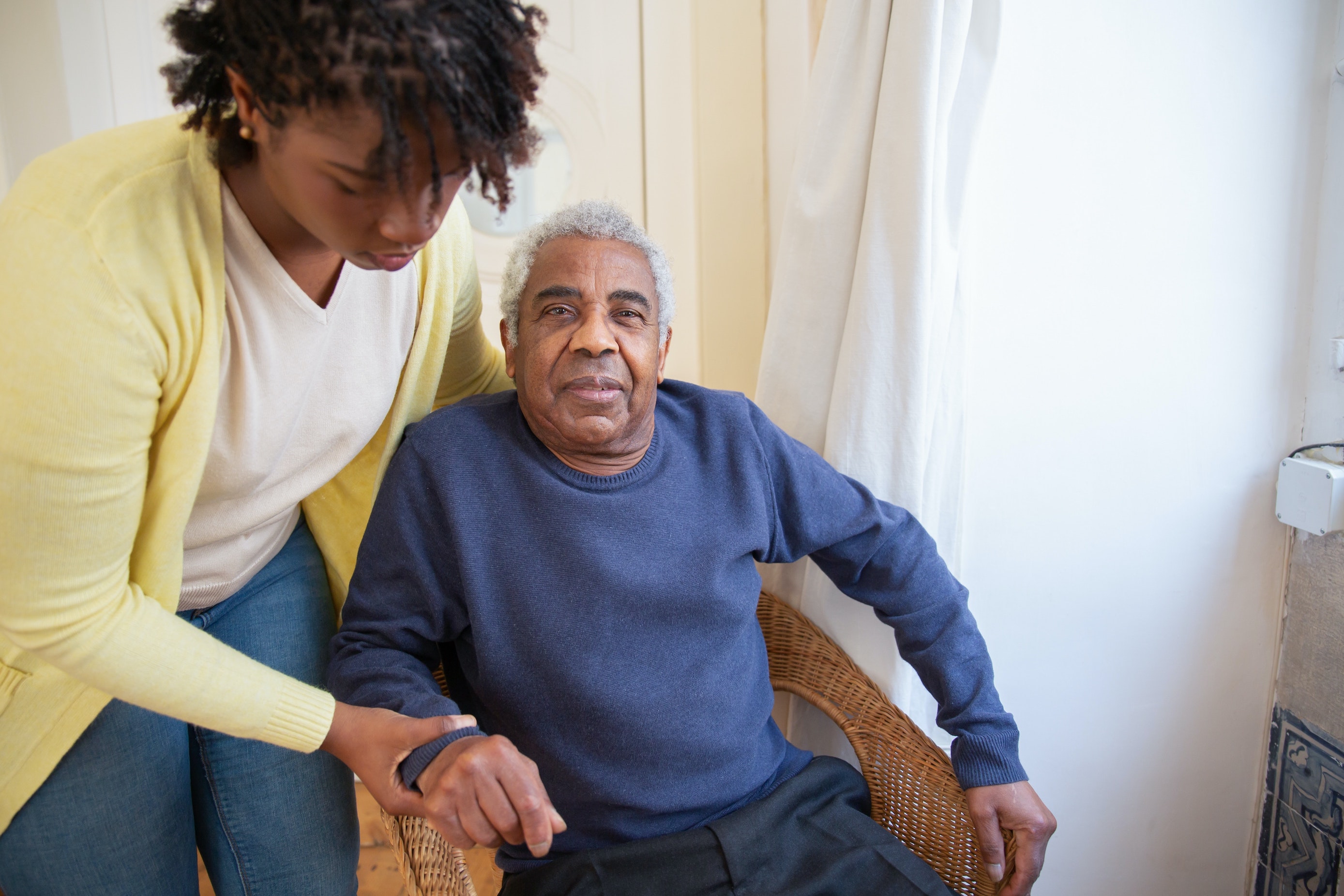
Ageing in place is the dream of every senior citizen. Although there are many assisted living facilities that are very pleasant places to live, the idea of staying in your home is the goal. After decades of living in one place, the desire to change everything and move to an assisted living facility seems like a very dramatic change.
To stay at home, many seniors will need to modify the house to allow them to continue living there. There are many ways to do this so that the house itself doesn’t become a barrier to being able to live independently. In this article, we will go over several of the ways that you can modify your house or the house of a loved one to age in place.
1 – Change the furniture
Since falls are one of the biggest threats to living independently, the furniture needs to be considered when modifying the home. Moving the furniture to allow for easier passage around the home is the first step toward fall prevention for seniors. This may mean removing some furniture or putting it in different rooms. For instance, there should be plenty of room to get around the house with a cane or walker.
The furniture itself can also be swapped for items that assist the person so they can prevent a fall from occurring. Some recliners lift the user up to an almost standing position. This prevents strains from happening when trying to get up from the couch or chair. Since balance is an issue for many seniors, they often lose their balance and fall at this point when they try to exert themselves to get up from the chair.
Sleeping on an adjustable bed is also a great way to help an elderly person get more sleep and prevent falls simultaneously. Many seniors often end up with oedema or swelling of the feet. This can be prevented by using the bed to lift the feet up comfortably to reduce the swelling. Since they can also lift the head of the bed up, they can get into a better position to get out of bed and stand up easily.
You can also look at other pieces of furniture that have been designed to help seniors stay independent in their homes. Step stools have a handrail to help get in and out of the shower or tub. Swivel seats can also be placed on the toilet to make it easier to get on and off.
2 – Make it smart
Thanks to the Internet of Things (IoT), any house can be made into an intelligent home no matter how old and outdated it seems to be. This allows devices to communicate with each other and has also made it very affordable to have an intelligent system.
Smart security is the most obvious place to start the conversion since many seniors are a target of thieves and scammers. The technology allows people to install an inexpensive doorbell camera that will activate when it detects motion. An alert is sent to a smartphone where you can watch in real-time what is happening around your house.
There are also smart locks that can be opened and closed remotely in case you need to let somebody in or are out of the house and don’t want to worry about forgetting keys. This is ideal if you have mobility issues and can’t get up to let a nurse or other assistant into the house.
Smart thermostats will help you cool and heat your house more efficiently and lower costs without much need to program them yourself. They often can be connected to the local weather forecast and heat and cool according to the weather coming in. They also have geofencing, so if you are out, the house won’t cool or heat itself until you get past a certain distance from the house. Then it will turn itself on and have the house at the ideal temperature for when you get home.
3 – Update the bathroom
Since falls must be prevented at all costs, the bathroom will need to be upgraded. It is the most dangerous area of the house for seniors with balance issues and limited mobility.
Start by changing the shower and tub for a walk-in version that allows you to avoid having to swing your legs over the side. Having a seat in the tub or shower will allow you to wash without the risk of slipping on the wet surface.
A bidet for the elderly is also essential since it allows you to wash up and dry off after using the toilet without ever needing to use your hands. Since twisting around and wiping is difficult for those with mobility issues, this reduces the risk of falling off of the toilet.
Many other devices can be installed in the bathroom to make it easier to use, such as automatic toilets and faucets.



 POSTED BY
POSTED BY 

